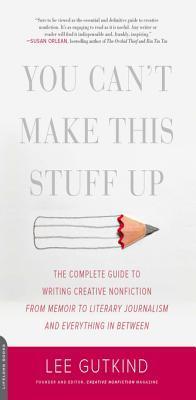What do you think?
Rate this book


288 pages, Kindle Edition
First published January 1, 2012
... writing for others in a way you might want others to write for you. (pg. 16/293)
Never have so many shared so much of so little. (James Wolcott) (pg. 267/293)